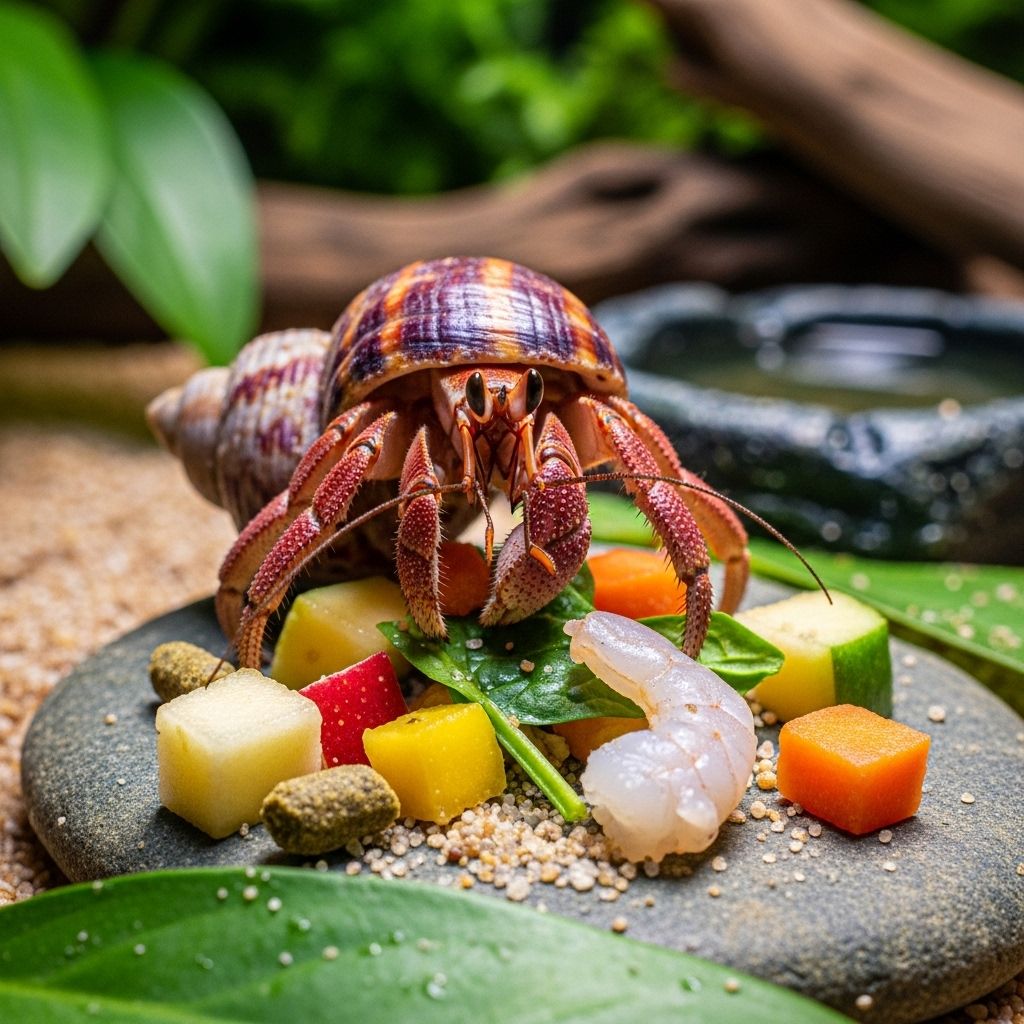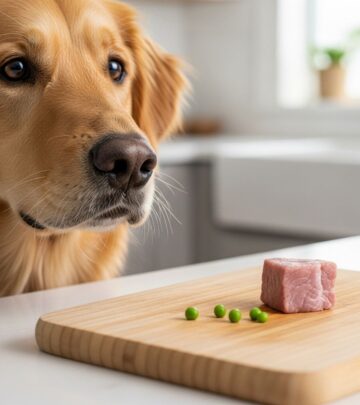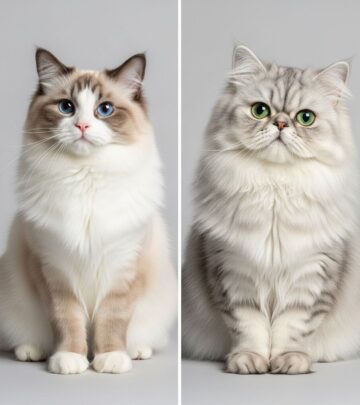Feeding Hermit Crabs: Essential Diet and Nutrition Guide
Master the complete dietary needs, safe foods, and feeding routines for healthy, active hermit crabs.

Feeding Hermit Crabs: An Essential Guide to Healthy Nutrition
Hermit crabs are fascinating, interactive pets that thrive when given proper care, especially in terms of their diet. As omnivores and scavengers, they require a balanced mix of proteins, plants, fruits, fats, and vital nutrients. Understanding their unique dietary needs and feeding routines can help your hermit crabs stay active, vibrant, and healthy through every life stage, including molting and active periods.
Understanding a Hermit Crab’s Natural Diet
In the wild, land hermit crabs are opportunistic eaters. They consume a diverse range of foods, such as decomposing plants, leaf litter, small insects, animal carcasses, fruits, and even seaweed washed up on the shore. Replicating these natural eating habits is key to ensuring their well-being in captivity.
- Omnivorous Diet: Hermit crabs eat both plant and animal matter.
- Scavenging Instinct: They forage for diverse food sources in their environment.
- Importance of Variety: A mix of food groups keeps them mentally stimulated and physically healthy.
Core Nutritional Requirements
Balanced nutrition is essential, as deficiencies can quickly affect the health and activity of your hermit crab. Provide a wide range of nutrient-dense foods and rotate offerings to ensure all dietary needs are met.
Key Nutrient Groups for Hermit Crabs
| Nutrient Group | Purpose | Food Sources |
|---|---|---|
| Protein | Tissue growth, repair, molting | Egg, shrimp, crickets, fish, chicken, dried insects, mealworms |
| Calcium | Exoskeleton health and molting | Eggshell, cuttlebone, oyster shell, broccoli, dark leafy greens |
| Healthy Fats | Molting, cell function | Coconut oil, olive oil, walnuts, salmon, pumpkin seeds |
| Carbohydrates | Energy | Oats, rice, sweet potato, cooked beans, grains, fruits |
| Fiber | Digestive health | Leaves, bark, coconut husk, safe seaweed |
| Vitamins & Minerals | Immunity, stress resistance | Fruits, vegetables, bee pollen, spirulina |
Best Foods for Hermit Crabs
Hermit crabs benefit from homemade, fresh, and varied offerings rather than solely relying on store-bought commercial mixes. Focus on natural, unprocessed foods and rotate ingredients to keep meals interesting and complete.
Safe Fresh Foods
- Fruits: Apples (seedless), bananas, mango, cherries, coconut meat, grapes, blueberries, cantaloupe pulp, pineapple
- Vegetables: Spinach, kale, carrots, zucchini, bell peppers, sweet potato (cooked), cabbage, pumpkin
- Leafy Greens: Fresh spinach, dandelion greens, romaine lettuce (no iceberg), carrot tops
- Seaweed: Dried nori or blended seaweed sheets (without added seasoning or salt)
Protein Sources
- Cooked egg (with shell, crushed)
- Unseasoned chicken, turkey, or lean meat (cooked, finely shredded)
- Unsalted sardines
- Fish, shrimp, smelt, or other safe seafood (cooked, no seasoning or preservatives)
- Dried mealworms, bloodworms, crickets and other insect-based treats
- Commercial reptile protein supplements used occasionally
Calcium & Mineral Boosters
- Clean, baked eggshell (pulverized)
- Cuttlebone or oyster shell
- Dark leafy greens such as kale or collards
- Coral sand or specialized mineral blocks for crabs
- Exoskeleton molts (their own or other clean crustacean shells)
Nuts, Seeds, and Healthy Fats
- Walnuts, almonds, pumpkin seeds (unsalted, unroasted)
- Coconut (fresh or dried shavings), coconut oil
- Chia seeds, hemp seeds, flaxseed (ground)
- Olive oil, palm oil (in small amounts)
- Small amount of salmon or other oily fish
Fun Treats & Occasional Foods
- Honey (in small amounts, offers immune support)
- Natural peanut butter (unsweetened, unsalted, rare treat)
- Puffed popcorn (plain, no salt or butter)
- Dried fruits (no added sugar or preservatives)
Foods to Avoid
- Salted, seasoned, or processed human foods
- Onions, garlic, and their relatives (toxic)
- Citrus fruits in excess (small amounts are tolerated for diversity but not as a staple)
- Chocolate, caffeine, alcohol, or other pet-toxic substances
- Iceberg lettuce (very low nutritional value)
- Rhubarb, avocado, and tomato leaves (toxic or unsafe)
- Painted, glazed, or treated shells for calcium—always use natural sources
Feeding Schedule and Meal Preparation
Feeding your hermit crabs involves understanding their natural eating cycles and properly preparing their food. Crabs are generally more active and likely to eat at night, making the evening an ideal time for providing fresh meals.
Routine Feeding Guidelines
- Frequency: Offer fresh food daily; remove uneaten food within 24 hours to prevent mold and contamination.
- Portion Size: Serve small portions to avoid waste and spoilage, but enough variety for multiple crabs to sample.
- Cleanliness: Use shallow, easily accessible dishes cleaned regularly. Always provide fresh, dechlorinated water for drinking and bathing.
- Variety: Rotate foods to provide a broad spectrum of nutrients and prevent picky eating.
Preparing Hermit Crab Meals
Crabs appreciate small pieces of food that are easy to grab. Chop or grate fruits, veggies, and proteins as needed. For smaller crabs, grind harder foods and calcium supplements into powder. Mixing various ingredients provides enrichment and meets more dietary needs at once.
Example Meal Mixes
- Shredded carrot, chopped apple, small piece of boiled egg, pinch of eggshell powder
- Diced spinach, pumpkin seeds, mealworms, and coconut shavings
- Oatmeal, blueberry, chopped kale, walnut pieces, a dab of coconut oil
Molting and Special Dietary Needs
Molting is a sensitive and crucial process for all hermit crabs, wherein they shed and regenerate their exoskeleton. During this time, their nutritional demands shift, especially for calcium and protein. Support healthy molts with an abundance of calcium-rich foods (eggshell, cuttlebone), gentle protein sources, and small amounts of honey or bee pollen for added energy and immune support.
Never disturb a molting crab. Keep their environment quiet and supplement the tank with extra calcium and protein, ensuring all food provided is easily accessible, even underground if the crab has buried itself.
Supplementing Store-Bought Diets
Many commercial hermit crab foods are highly processed or contain artificial additives, dyes, or low-value fillers. Use these options sparingly and always check ingredient lists for harmful substances or added salt. Store-bought pellet or powder mixes can be enhanced with fresh proteins, produce, and calcium sources for complete nutrition.
DIY Hermit Crab Food Mixes
You can easily prepare homemade, spoil-proof food for your crabs with a few pantry staples and simple kitchen tools.
Basic Ingredients to Include
- Grains: Wheat bran, oats, amaranth, wild rice
- Seeds: Chia, pumpkin, sesame
- Unsalted Nuts: Walnuts, pistachios, almonds
- Unsweetened dried fruits: Mango, pineapple, coconut, raisins
- High-protein items: Mealworms, dried shrimp, bloodworms
- Calcium: Eggshell powder, cuttlebone shavings
Food Prep Tips
- Chop fruit and nuts into bite-sized pieces; powder harder ingredients for smaller crabs.
- Dust sticky chopped foods with a pinch of calcium powder to prevent clumping.
- Store mixed dry food in small airtight containers with desiccant packets offered for extended freshness.
- Rotate different mixes and add fresh proteins or fats to daily portions.
Safe Feeding Environment
Maintain strict hygiene in your crab’s enclosure:
- Change food daily to prevent mold.
- Spot-clean uneaten food and waste promptly.
- Always provide multiple water sources—one with dechlorinated freshwater and one with marine-grade saltwater.
Common Questions About Feeding Hermit Crabs
Frequently Asked Questions (FAQs)
Q: What should I never feed my hermit crabs?
A: Avoid anything salty, seasoned, processed, or containing onion, garlic, chocolate, caffeine, rhubarb, avocado, tomato leaves, and iceberg lettuce. Also, never use painted or treated shells as a calcium source.
Q: How often should I feed my hermit crabs?
A: Provide fresh food daily, and remove leftovers within 24 hours to prevent spoilage or mold growth.
Q: What is the best calcium source for hermit crabs?
A: Pulverized, clean eggshell, cuttlebone, and oyster shell are all excellent calcium sources. You can also offer dark leafy greens like kale or collard greens.
Q: Is commercial hermit crab food safe?
A: Some commercial foods contain fillers or preservatives. Always check ingredients and use as a supplement, enhancing with fresh proteins, fruits, and calcium-rich items.
Q: Can hermit crabs eat treats like honey or popcorn?
A: Yes, treats like pure honey or unsalted, plain popcorn can be offered sparingly for enrichment and variety. Never give flavored or sweetened snacks.
Q: Why is variety important in a hermit crab’s diet?
A: A diverse diet provides all essential nutrients, keeps crabs mentally stimulated, and prevents boredom or nutrition-related illnesses.
Advanced Nutrition Tips
- For aging or molting crabs, emphasize soft, moist, and high-calcium foods.
- Sprout seeds like chia inside the tank for a living snack and enrichment.
- Use bee pollen and spirulina for natural vitamin and immune boosts.
- Observe individual crabs’ preferences to tailor meal planning.
Conclusion
Feeding hermit crabs isn’t just a duty—it’s an opportunity to observe their personalities and natural behaviors. By providing fresh, varied food and meeting their specific nutritional needs, you help ensure a long, healthy, and active life for your hermit crabs. Remember, a healthy hermit crab is a curious, lively, and rewarding companion.
Read full bio of Sneha Tete












